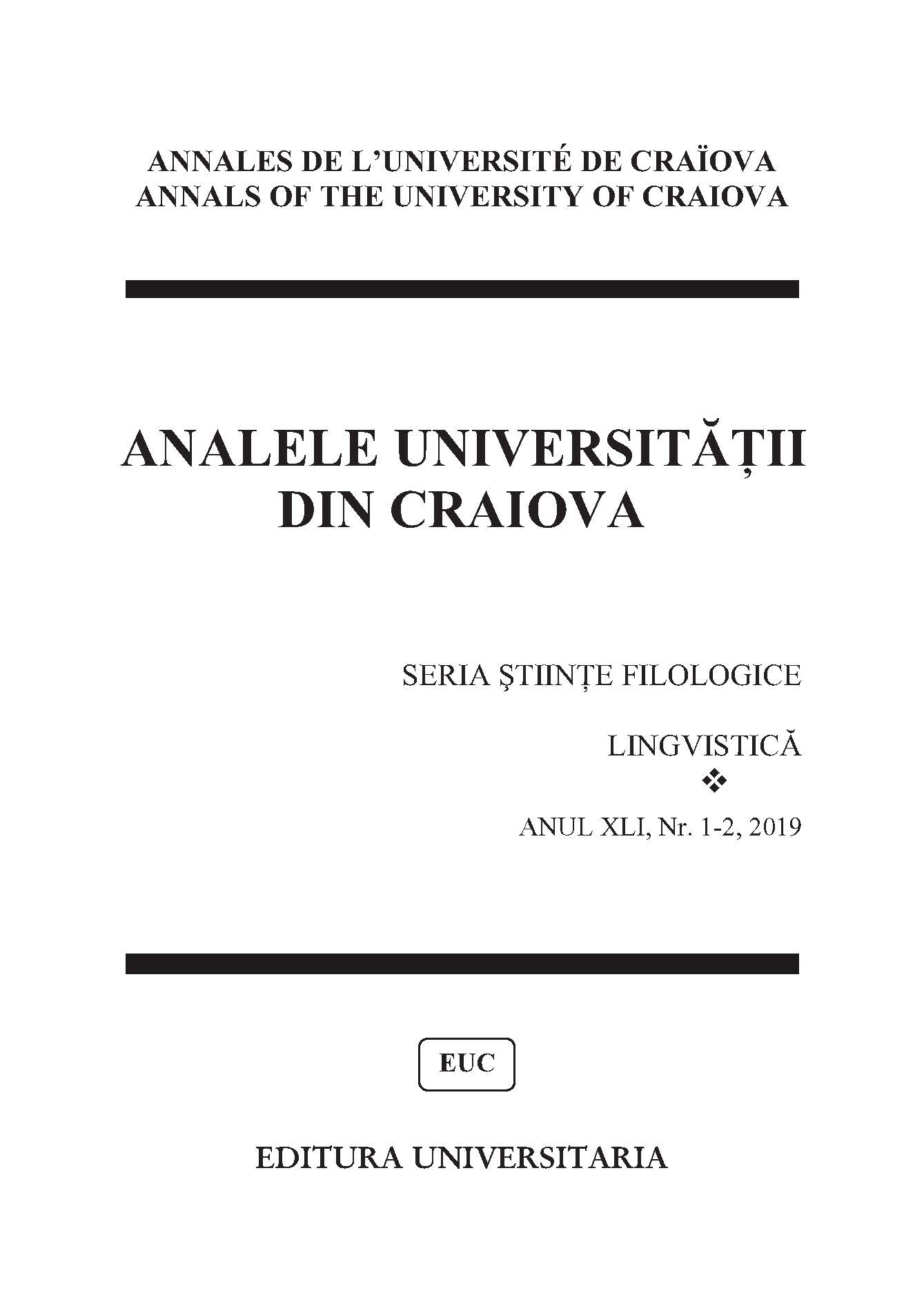The Dual Gender of Albanian Nouns in Pjetër Bogdani’s work “Cuneus Prophetarum”
The Dual Gender of Albanian Nouns in Pjetër Bogdani’s work “Cuneus Prophetarum”
Author(s): Shpëtim EleziSubject(s): Language and Literature Studies, Morphology, Historical Linguistics
Published by: Editura Universitaria Craiova
Keywords: Albanian;dual gender;Bogdani
Summary/Abstract: This paper deals with the phenomenon of dual gender nouns, originally neuter, and the masculine inanimate nouns in the Albanian language of the XVIIIth century. This paper of synchronic nature has been drawn up based on the corpus of Pjetër Bogdani’s work Cuneum Prophetarum (1685). Certain cases have also been diachronically surveyed in comparison with Buzuku’s Meshari (1555) and with contemporary Albanian. Bogdani’s old Albanian is characterised by its conservative elements such as the contradiction masculine– feminine – neuter, which is relatively well preserved. But here, the phenomenon of the dual gender nouns is less present than in contemporary Albanian, even though the formants of plural in CP: -e, -a, -ra/-na, -ë and ø, which determine this category change, are more numerous in contemporary Albanian: -e and -ra/-na. This proves that the dual gender is a novelty in the Albanian language.
Journal: Analele Universităţii din Craiova. Seria Ştiinţe Filologice. Lingvistică
- Issue Year: 2019
- Issue No: 1-2
- Page Range: 308-321
- Page Count: 14
- Language: English

